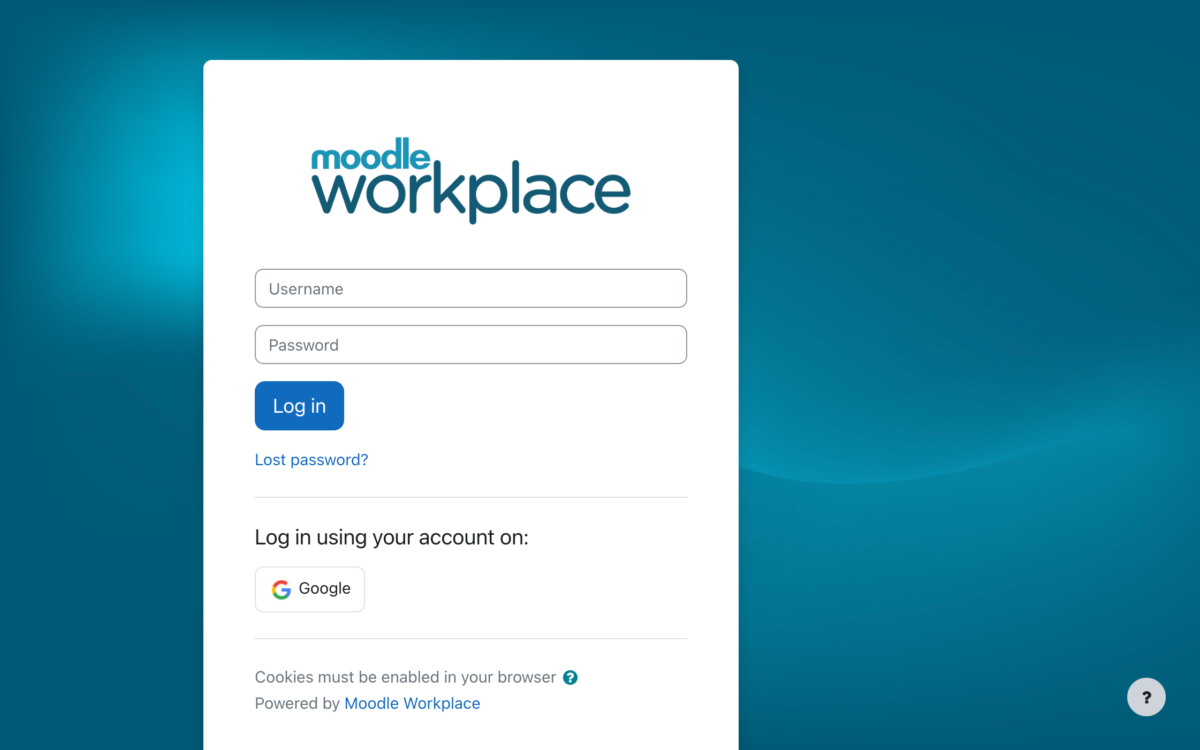Blended learning is the latest buzz word in education and learning circles, but what exactly is it? Simply put, it is the blend or mix of mediums to deliver learning and training. These days it refers to the blending of face to face learning with online or distance training.
For example, most university courses are run with a minimal number of face to face lectures and tutorials with students completing a number of coursework modules remotely online. Distance and online learning can be achieved using one or a combination of a learning management system (LMS), videoconferencing, audioconferencing and CD or DVD.
Benefits
A number of research findings support the fact blended courses have the potential to increase student learning outcomes while lowering withdrawal rates when compared with fully online learning environments. A blended approach recognises that no one particular form of learning and training delivery by itself is strong enough to work for all audiences, all of the time.
For example, blended learning can allow users who are not comfortable with a virtual environment to begin a course that is mostly face to face environment and expand to the online component as their expertise in the virtual environment grows.
Blended learning can help reduce organisational costs by improving efficiency and reducing instructional delivery costs associated with time and for for space and people. However, in a 2006 survey conducted by the eLearning Guild, it was determined that improving the learning experience is more often a rationale for blended learning than a desire to reduce delivery and development costs.
What makes blended learning a success?
Success with a blended learning approach should include an effective theory based instructional model, high quality course modules, learner support and ongoing development and assessment of the project.
Instructional designers should be encouraged to focus on learner centred, engaging instruction using components such as discussions, blogs, wikis and chats to facilitate interaction among teachers and learners and among learners themselves.
So how do you make your blend tasty and appealing?
The technical ability of your intended audience is the most important factor in determining the right blend for your organisation. Is accessing computer based training a major source of discomfort for the end user? Alternatively, are the users technologically astute with computers and social media being second nature. You can supplement traditional face to face classroom learning with some of following tasty flavours:
a) Web 2.0 Technologies: Connect – Communicate – Collaborate
Get your learners talking. Don’t let timezones and physical space be a barrier. Even if your learners are in another country, state or remote location you can still mix collaboration into your blend. Learners can connect, communicate and contribute using blogs, forums, chats, wikis and via email, complete group assignments online using quizzes and surveys or complete offline tasks and share them online for peer review.
b) Audio and Video Conferencing
Video conferencing whether used in the classroom or meeting room, enables remote students or employees to interact with each other and the instructor or expert speaker. Conferencing technology can transport the learners to virtual field trips or seminars and connect them with other video conferencing participants at other locations.
Have your experts present their knowledge live or have the session recorded for viewing at a later stage by via LMS, your intranet or CD ROM.
c) Webinars
A webinar is a presentation, lecture, workshop or seminar that is transmitted over the Web. A key feature of a Webinar is its interactive elements – the ability to give, receive and discuss information. Webinars allow participants to ask the instructor questions and get answers in real time. The instructor can conduct polls and ask questions to encourage active feedback. Participants can receive course materials by e-mail prior to the seminar and will be able to view the instructor’s PowerPoint slides during the seminar. These types of online courses have a much higher impact than simply reading material on the intra or internet.
You can import just about anything into a webinar, so consider adding e-learning scenarios, quizzes, games and videos to the blend.
d) Pen and Paper
In the age of computers, it may be a nice change to engage your leaners with activities to compete using a workbook, journal or template to complete.
e) Games and activities
To get any lesson through, engaging and interesting activities always win. Offer scenarios, quizzes, games, surveys, simulations to get your learners involved and actively participating.
To make your blend work, you need to figure out what the learner journey should be and how long it should last. For example, how long will modules be online, start and and finish dates etc.
So is there a simple, single solution for accessing all the blend components for your learners?
The answer is yes. Moodle has a number of built in Web 2.0 tools including those mentioned in (a) and RSS feeds, as well as the ability of upload and download word and excel documents, .pdfs, audio and video clips and most other components you may wish to consider for a blend. Moodle also allows for tracking, assessment and reporting.
Moodle can be set up with a calendar function and run weekly/monthly sessions for cohorts of learners, getting them involved via discussion forums, setting assignments, even polling their views on key questions and topics.







